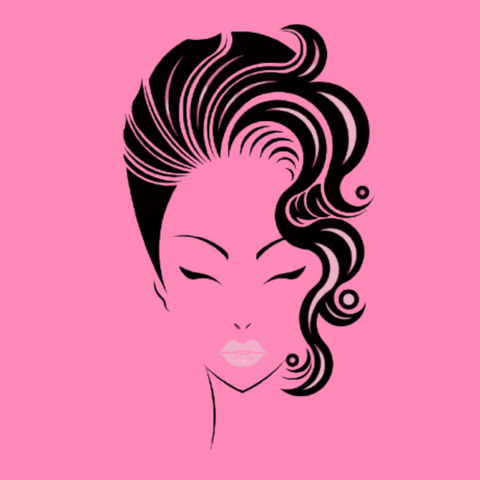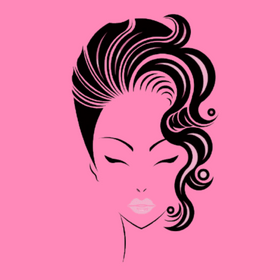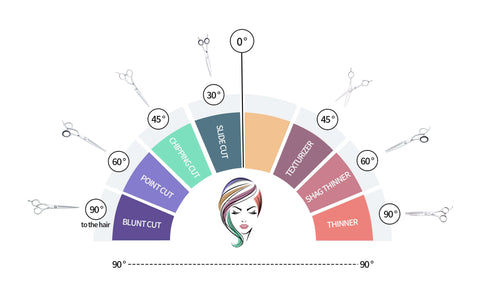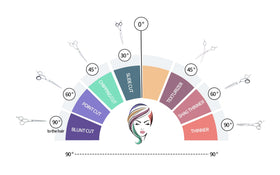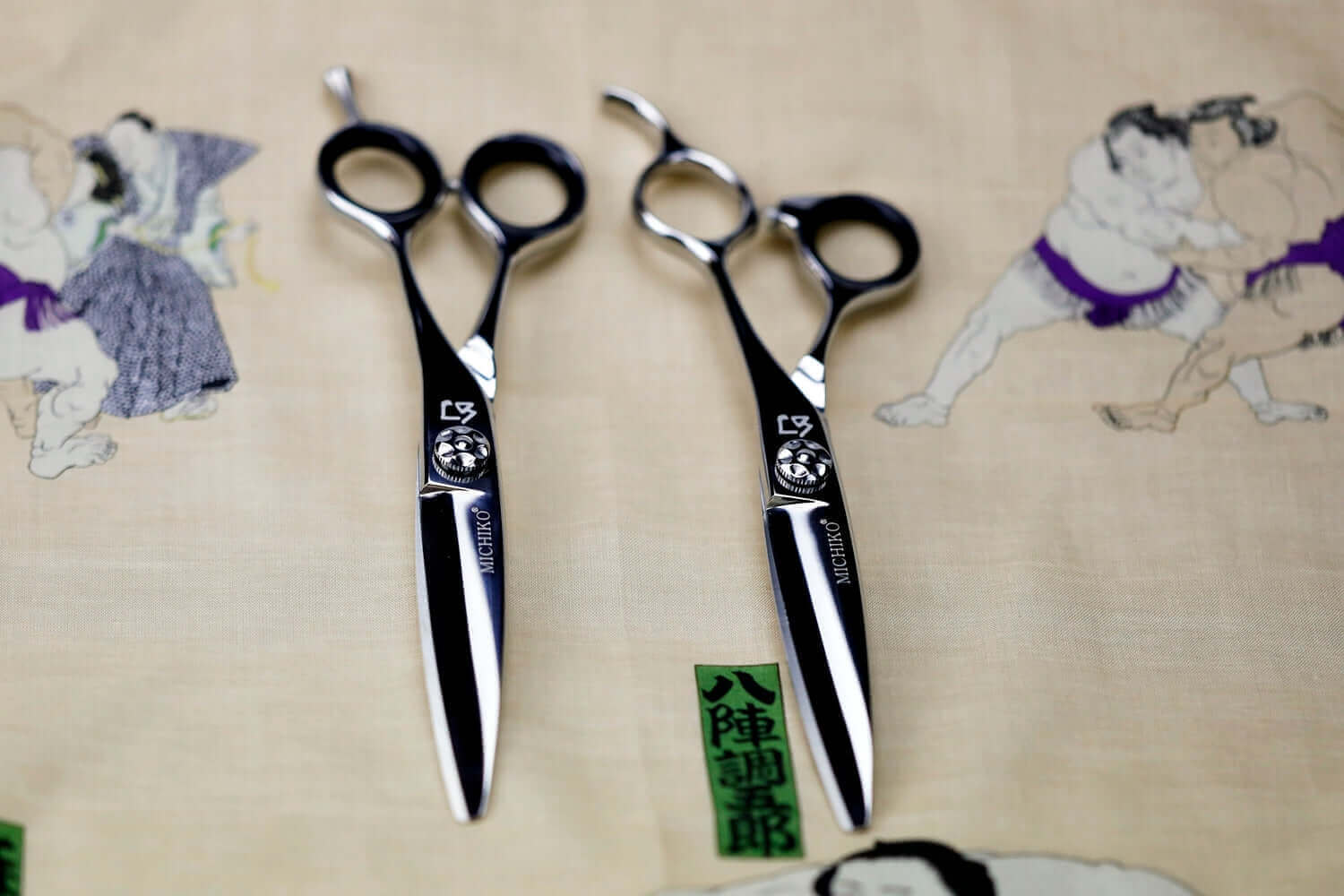Professional Hair Scissor Sharpening Services: What You Need to Know

As a hairstylist, your hair scissors are your most valuable tool. However, even the highest-quality shears will lose their sharpness over time due to regular use. Dull scissors can damage hair, cause hand fatigue, and reduce cutting precision, impacting both performance and client satisfaction.
This is why professional hair scissor sharpening services are essential. However, not all sharpening services provide the same level of quality. Choosing the wrong service can permanently damage your expensive shears.
In this guide, we’ll cover:
- Why professional sharpening is necessary
- How often you should sharpen your scissors
- The best sharpening techniques for hair scissors
- How to choose the right sharpening service
1. Why Do Hair Scissors Need Professional Sharpening?
Hair-cutting shears are precision tools designed for smooth, effortless cutting. Over time, everyday use leads to blade wear and dull edges, which negatively affect performance.
Problems Caused by Dull Scissors
- Pushes or bends hair instead of cutting cleanly
- Increases hand and wrist strain due to extra effort
- Causes split ends and hair damage from uneven cuts
- Shortens the lifespan of shears due to excessive force
Why DIY Sharpening Can Damage Your Shears
Many hairstylists attempt to sharpen their scissors at home using knife sharpeners, whetstones, or cheap sharpening kits. However, this can lead to irreversible damage:
- Home sharpening tools are not designed for convex or beveled edges
- Incorrect sharpening angles can permanently affect cutting precision
- Cheap sharpening materials may remove too much metal, weakening the blade
Professional sharpening services use specialized techniques to restore the sharpness of your shears without causing damage.
2. How Often Should You Sharpen Your Hair Scissors?
The frequency of sharpening depends on how often you use your shears and the type of steel.
General Guidelines for Shear Sharpening
| Usage Frequency | Sharpening Interval |
|---|---|
| Everyday use (full-time stylist) | Every 3-6 months |
| Moderate use (part-time stylist) | Every 6-12 months |
| Occasional use (home or backup shears) | Every 12-18 months |
Factors That Affect Sharpening Frequency
- Steel Quality – Premium Japanese steel (e.g., ATS-314, VG-10) retains sharpness longer than standard stainless steel.
- Cutting Style – Slide cutting and dry cutting dull scissors faster than blunt cutting.
- Shear Maintenance – Regular cleaning and oiling can extend the time between sharpenings.
If your scissors start folding or pushing hair rather than cutting cleanly, it’s time for sharpening.
3. Best Sharpening Techniques for Hair Scissors
Not all sharpening methods are suitable for professional shears. Here are the most commonly used techniques:
A. Traditional Whetstone Sharpening

- Uses Japanese water stones for precise, hand-sharpened edges
- Ideal for convex edge scissors
- Requires a skilled sharpener for best results
- Best for: High-end Japanese shears (e.g., Hikari, Joewell, Kasho)
B. Professional Scissor Grinding Machines
- Uses diamond or ceramic wheels for consistent sharpening
- Works well for beveled edge scissors
- Fast and efficient, but not ideal for handmade Japanese shears
- Best for: German-style beveled edge scissors
C. Convex Edge Sharpening with Honing

- Uses high-precision convex honing tools
- Essential for Japanese shears used in slide cutting techniques
- Best for: Advanced stylists using high-performance shears
The best sharpening services use a combination of these techniques to restore the perfect cutting edge.
4. How to Choose the Best Hair Scissor Sharpening Service
Selecting the right sharpening service is crucial to maintaining the integrity of your shears. Consider these factors:
Key Factors to Consider
- Experience with Professional Shears – Ensure the sharpener specializes in hair-cutting shears, not just kitchen knives.
- Convex Edge Expertise – If you use Japanese shears, choose a service that understands convex edge sharpening.
- Quality Equipment – Avoid sharpeners using basic grinding wheels designed for standard scissors.
- Turnaround Time – Look for services that return your shears quickly, ideally within 3-5 days.
- Customer Reviews – Check testimonials from hairstylists to confirm the sharpener’s reliability.
A professional sharpening service should also offer mail-in sharpening with insured return shipping for added convenience.
5. Signs of a Poor Sharpening Service
Not all sharpening services meet professional standards. Watch for these red flags:
- Uses rough grinding wheels that remove excessive metal
- Fails to adjust the screw tension properly after sharpening
- Leaves serrations or scratches on your shears
- Sharpens all shears the same way, ignoring beveled vs. convex edges
- Returns shears without testing them for sharpness and balance
A poor sharpening job can permanently damage your expensive shears, so always research before choosing a service.
6. Why Choose Scissor Warrior Sharpening Service?

For high-quality sharpening services, Scissor Warrior offers:
- Specialized sharpening for Japanese convex and beveled edges
- Precision hand-sharpening using Japanese whetstones
- Fast turnaround within the U.S.
- Affordable pricing with free return shipping
- Trusted by professional hairstylists nationwide
Conclusion
A high-quality sharpening service is essential for maintaining the sharpness, longevity, and performance of your hair-cutting shears. Regular sharpening prevents hair damage, improves cutting precision, and reduces hand fatigue.
Key Takeaways:
- Sharpen your shears every 3-6 months for optimal performance.
- Choose a professional sharpening service specializing in hair shears.
- Avoid DIY sharpening methods that can damage your shears.
- Trust Michiko Shears for expert sharpening with a fast turnaround.
Keep your shears in peak condition with professional sharpening services.
